Technological advancements mean most of us would assume a brand new car would knock the safety socks off a model that was at the end of its life. We decided to see how big the gap is and compare the safety features of an old car verses a new car.
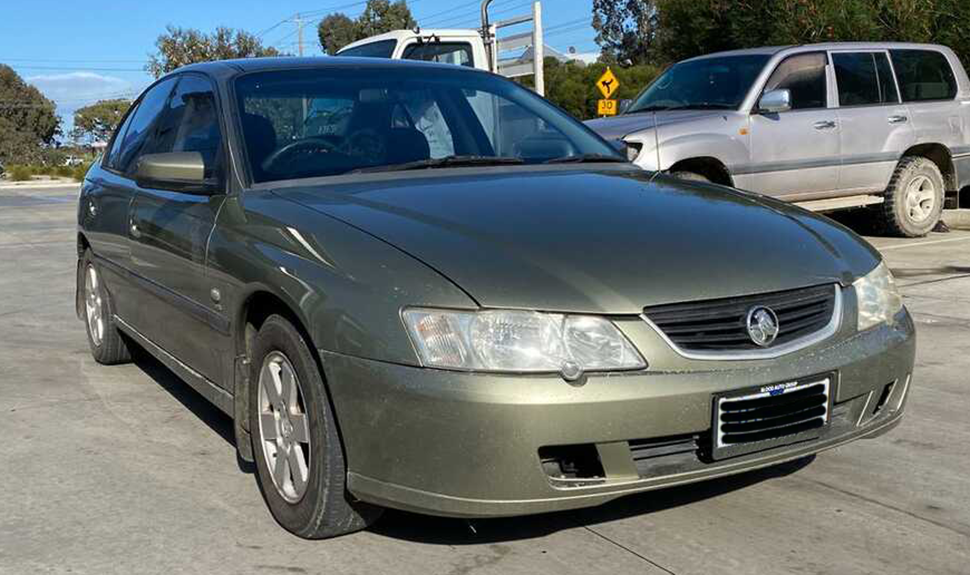
Currently the average age of a scrap car is around 20 years old. Back in 2003 (actually from 1987 all the way through to 2008!), the most popular car in New Zealand was the Holden Commodore. So, it’s unsurprising that this beloved model is now frequently scrapped.
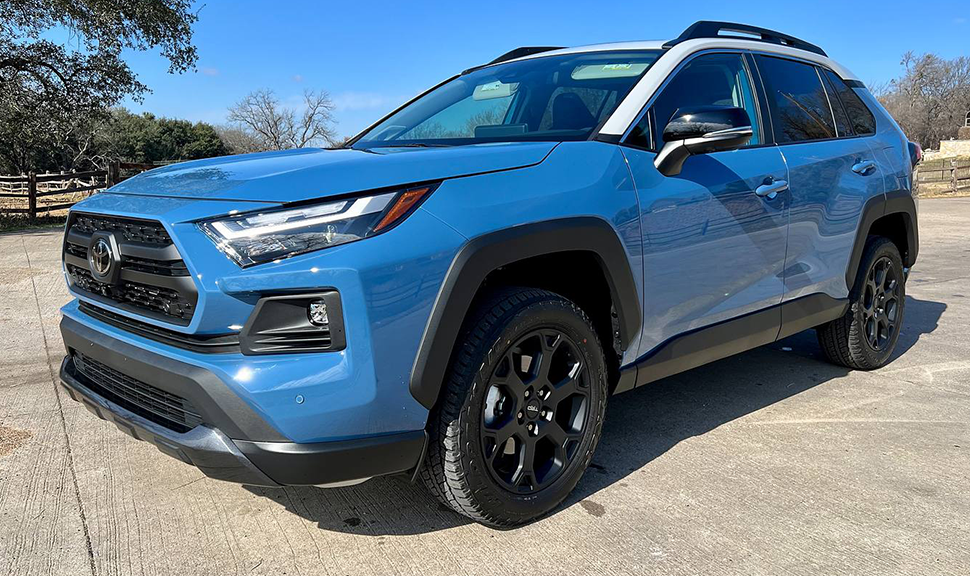
While the Ford Ranger has held a top spot for several recent years, most figures published for 2023 claim that it’s Toyota’s Rav4 that will take 2023’s title, so it’s this popular model we’ll be reviewing for safety and comparing to the Holden.
While the 2003 Holden Commodore received a high, four out of five star rating from ANCAP when the car launched, when rated by today’s standards, RightCar.govt.nz gives the model just one star out of five.
Many of you may recognise this historic spec list and you can probably already tell how basic the tech will seem when compared to today’s most popular car.
The new Toyota Rav4 has been awarded the top five-star safety rating by ANCAP, assessed of course by the latest safety standards. With individual ratings of 93% for Adult Occupant Protection, 89% for Child Occupant Protection, 85% for Vulnerable Road User Protection (pedestrians and cyclists), and 83% for Safety Assist technology, you can see this model has placed a great emphasis on safety features. In fact this manufacturer has it’s own brand for safety features – ‘Toyota Safety Sense’ which is a package of active safety systems designed to keep drivers and passengers protected in all types of traffic.
Just a glance at the spec lists of the 2003 Holden Commodore and the 2023 Toyota Rav4 gives you a good idea of the safety features that have come to the market over the last 20 years. The main safety developments being additional airbags, braking and control technology and various intelligent warning systems.
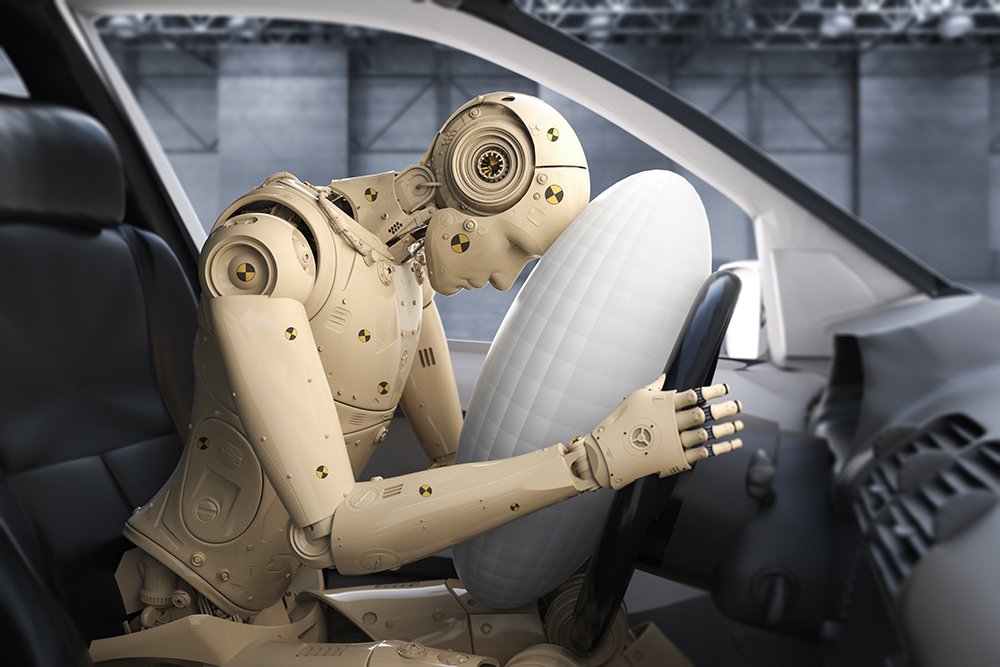
After seatbelts, airbags were probably the biggest gamechanger when it came to the development of physical safety features in modern cars. While front airbags were mandatory in most countries by 2000, a 20 year old car today would still be in stark contrast to a new vehicle, and our comparative two popular models are no exception. While the 2003 Holden Commodore fairs relatively well for its age, with a dual front airbag package as well as side-front airbags, the Toyota Rav4 boasts numerous airbags (and control features for them) including curtains, and driver knee airbags.
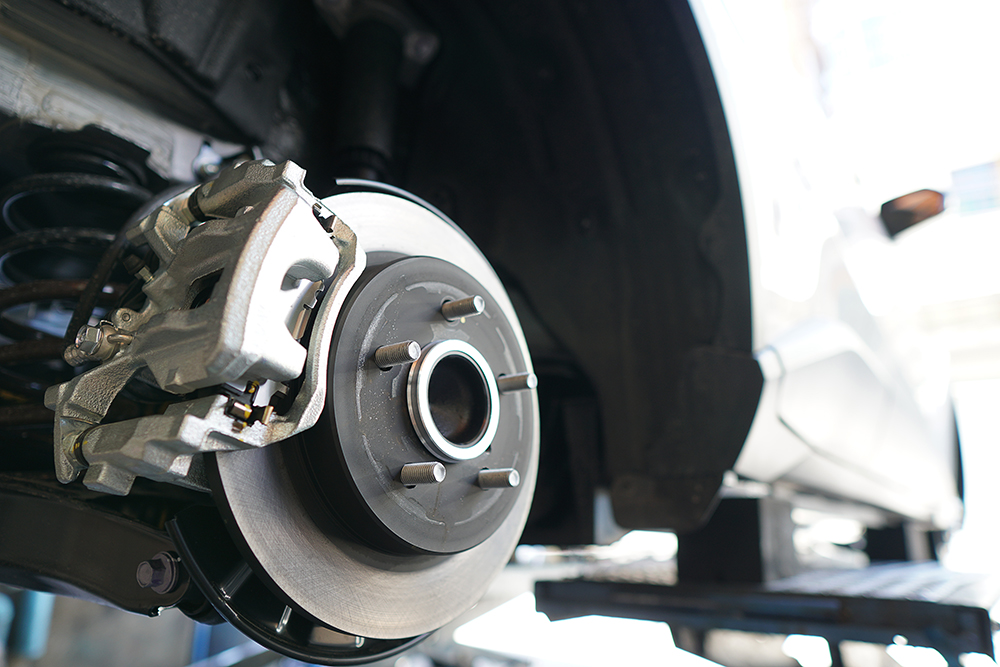
The 2003 Holden Commodore does have ABS and Brake Assist, but it was another few years until the same model introduced more advanced, safer braking systems such as Electronic Brake Force Distribution.
The new Toyota Rav4 couldn’t seem more futuristic in comparison – offering all of the aforementioned tech as well as Vehicle Stability Control, Traction Control, Hill-start Assist Control and even Trailer Sway Control. All these developments go a long way to enhancing the effects of the original ABS systems and undoubtedly keep drivers significantly safer.
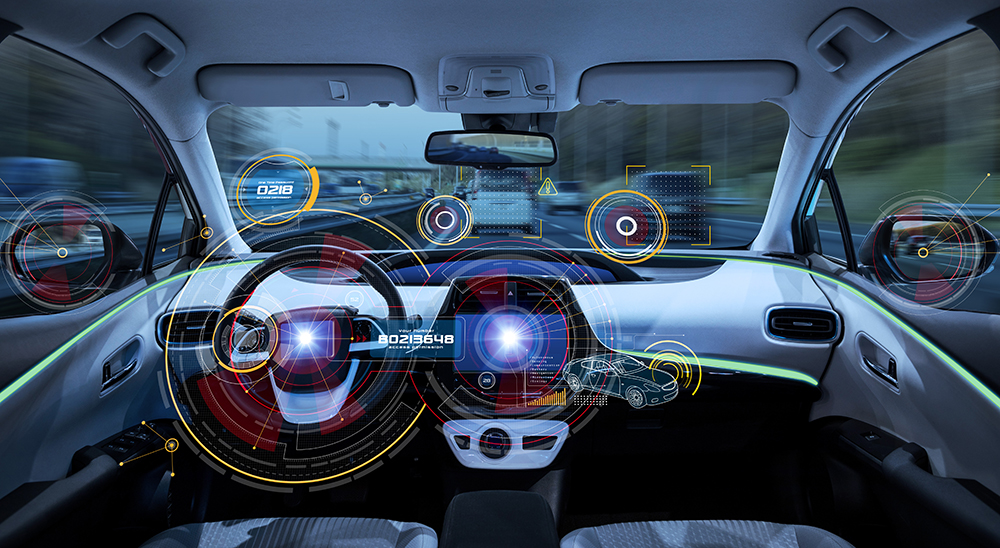
Something that doesn’t appear on any car spec list from 20 years ago are the ‘intelligent’ assist features that are the focus of recent safety technology. While some of these developments may improve the driver experience, they are largely for minimising or preventing the impact of a crash.
In contrast to the 2003 Holden Commodore, and any other vehicles of that age, the new Toyota Rav4 has numerous intelligent features designed to alert drivers alert to and avoid collisions. In fact this model specifically boats enhanced safety sense functions. The Pre-Collision System gains intersection support that can help with safer turns at junctions. It will detect if the car is about to cross the path of any oncoming traffic, and if there are any pedestrians crossing the road, alerting the driver and, if necessary, initiating braking control to help avoid an impact. Emergency Steering Assist also helps the driver avoid a pedestrian who has stepped into the road while keeping the car under control and within its traffic lane.
According to the Ministry of Transport, in 2003 (when the Holden Commodore we’re using as a comparison was new) there were 461 people killed in road crashes. The most recent data available is from 2021 when road crash deaths were recorded totalling 318. While that shows a drop in the number of deaths over those 20 years of well over a quarter, what makes it an even more significant reduction is factoring in that the population in the same period increased by over a million. The number of cars on the road has also increased by well over 1.5 million in the same time period. So relatively, with more cars, passengers and pedestrians, and consequently more opportunity for accidents, the decrease in road casualties actually reflects an even bigger proportionate drop. While of course there will be other factors that have affected the reduction in road crashes, such a considerable decline in fatalities must be due to the advancements in car safety and collision prevention technology.
Overall, while we certainly felt safe in a Holden Commodore twenty years ago and of course there have been huge developments in those models over time, it’s clear that the last decade in particular has seen significant advances in technology that an older car, however sturdy, just can not compare to.
While certain aspects of car design includes key safety features that have only changed a little over several decades – such as crumple zones and seatbelts – it’s the finer details and technology of cars’ workings, from the braking systems, to the intelligent assist developments, that can now mean the difference between surviving a collision and being part of an incident in the first place.

So, our new car may have predictably lapped the old car on the way to the post to win this safety showdown, ultimately, the best possible safety feature is the person driving! No matter what safety specifications a car has, if someone is driving irresponsibly, an accident can happen and injuries or fatalities will follow. Most physical safety features, however advanced, cannot fully protect a driver or passengers from the results of a high-speed collision. So while we’re very happy to see technological advancements that will undoubtedly have a positive impact on everyone’s safety, it’s up to all of us to drive responsibly, be aware of the road rules, and stay alert.
Don’t forget, when your car has reached the end of the road, hopefully not because of a safety issue, we can take care of it – making sure to get you the best price and recycling it responsibly if it’s at the end of its life.




